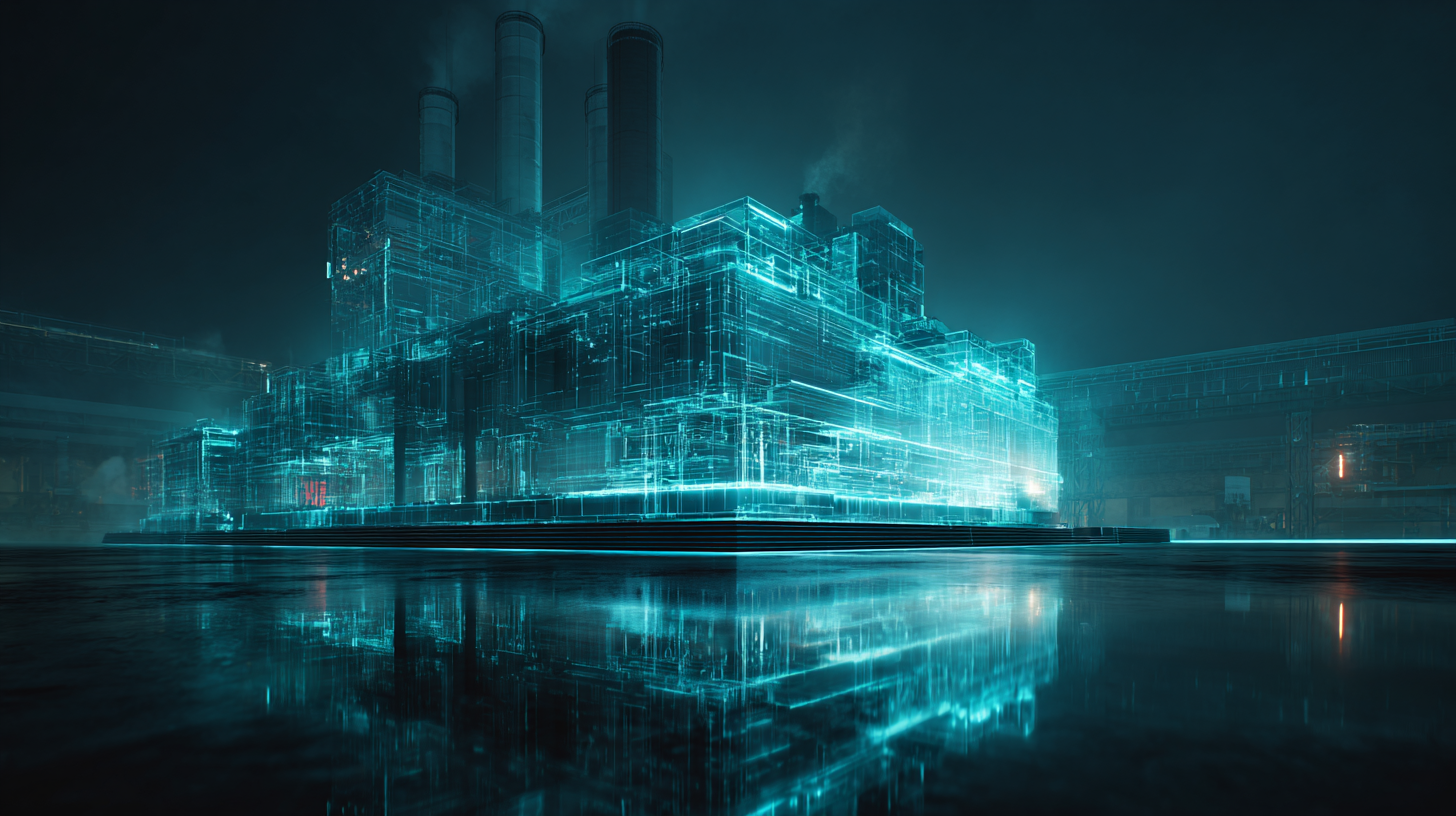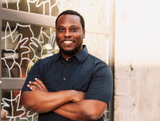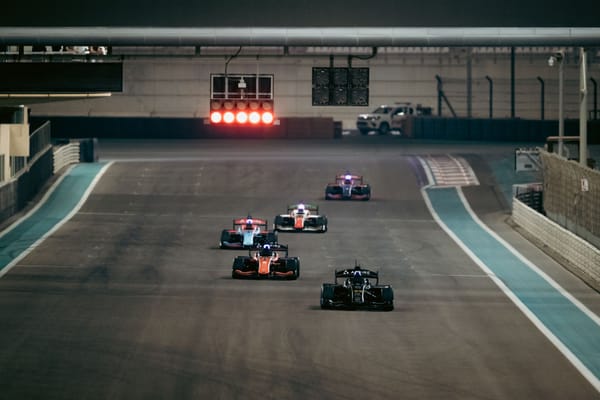When Digital Twins Start Predicting the Future Instead of Mirroring Reality

- Digital twins are entering a new phase where they don’t just reflect reality but predict it, merging AI, simulation, and data to shape how industries plan, build, and operate.
- As these systems gain foresight, they promise greater efficiency and safety across sectors while demanding new standards for data quality, interoperability, and ethical use.
Picture this. A monitor has lit up in a quiet control room that is linked to a virtual model, or digital twin, of a turbine, which is identical in every detail to the real one located miles away. This virtual model has detected a fault that has not yet appeared on the physical machine. Before the physical machine even gets the chance to experience the fault, engineers make adjustments to it, and the problem never occurs. In this scenario, the digital twin has done more than reflect a reality soon to happen; it has predicted it.
For decades, digital twins have played a role in documenting past events. They mirror engines, factories, and systems in real-time, serving as both decision-making tools and precise record-keepers. However, according to McKinsey and Company, these systems are now learning to anticipate outcomes before they unfold, thanks to data modeling, simulation, and machine learning.
However, the shift reaches far beyond engineering, and as Siemens puts it, digital twins can "simulate, predict, and optimize" before a physical prototype is ever built. In practice, this capability is reshaping entire sectors. This means that digital twins are revolutionizing industries from manufacturing and healthcare to urban planning. For example, virtual replicas enable factories to schedule maintenance before a failure occurs, energy companies to forecast output and prevent blackouts, and cities and hospitals to test scenarios that previously required guesswork.
To put it simply, industries that rely on digital twins can utilize these systems to plan with foresight rather than hindsight. Digital twins are now more than ever transitioning from mirroring to predicting.







